| |
|
|
|
|
|
1949
|
Wang Keping 王克平 was born in Hebei province, near Beijing, in China.
|
| |
|
|
1978
|
First, he was an actor, then a factory worker and he wrote screenplays.
|
| |
As they are always rejected by the censure, he turned to sculpture to express
|
| |
his revolt, and began to use the salvaged wood.
|
|
|
|
|
|
He joined the group Xingxing, Stars,* first vanguard atistic movement in China.
|
| |
|
|
1979
|
He participated in the first unauthorised exhibition on the fence of the park fence
|
| |
adjoigning the
National museum of Beijing. The exhibition was soon repressed.
|
| |
His provocative sculptures are noticed by the public, including :
|
| |
Idol representing the face of Mao on the Buddha.
|
| |
Silence, head seeing only one eye, and mouth closed, will bee on the front page of
|
| |
The New York Times ( 19.10 1979 ). |
| |
|
|
1980
|
The group was allowed to exhibit in the Huafangzai Pavilion.
|
| |
|
|
1984
|
As the repression returned, he left China for France. He settled in Paris.
|
| |
|
| |
He continued to work with wood, following its natural forms, but he abandoned
|
| |
political subjects for a major theme: the representation of the female body.
|
| |
|
|
1986
|
First exhibition at the Zurich gallery in Paris.
|
| |
|
| |
From then on, his reputation became international: China, United States,Europe,
|
| |
Japan,Taiwan, exhibited his works.
|
| |
|
|
2010
|
The Zadkine Museum in Paris, exhibited la chair des forêts.
|
| |
|
| |
He lives and works in Paris France.
|
|
|
* The main members of the Stars group
were : Huang Rui, Ma Desheng, Yan Li, Qu Leilei
|
|
|
Mao Lizi, Bo Yun, Zhong Acheng,
Yang Yiping, Ai Weiwei , Li Shuang and Wang Keping,
|
| |
|
| |
Danièle Sicard
|
| |
|
|
•
|
| |
|
|
|
Solo exhibitions sélection |
| |
|
|
1986
|
Zürcher Gallery Paris France
|
|
1987
|
Art Waves Gallery New York United States
|
|
1990
|
Monte Gallery Tokyo Japan
|
|
1991
|
Zürcher Gallery Paris France
|
|
1993
|
Chinese Modern Art Centre Osaka Japan
|
|
1996
|
Ethan Cohenn Gallery New York United States
|
|
1997
|
Alisan Fine Arts Hong Kong China
|
|
1999
|
Jacques Barrère Gallery Paris France
|
|
2002
|
22.11 11.01 10 Wang Keping Chancery Lane Gallery Hong Kong China
|
|
2004
|
30.11 29.01 10 Wang Keping Chancery Lane Gallery Hong Kong China
|
|
2005
|
Gallery Grand siècle Taipei Taiwan
|
|
2006
|
Zürcher Gallery Paris France
|
|
2006
|
25.05 01.07 Wang Keping 10 Chancery Lane Gallery Hong Kong China
|
|
2007
|
Lases Gallery Paris France
|
|
2008
|
25.10 23.11 Wang Keping Oeuvres 1979-2006 He Xiangning Museum Shenzhen China
|
|
2009
|
26.03 30.04 10 Chancery Lane Gallery Hong Kong China
|
|
2009
|
Loft Gallery Paris France
|
|
2010
|
01.04 12.09 La Chair des forêts Zadkine Museum Paris France
|
|
2011
|
Eternal smile 10 Chancery Lane Gallery Hong Kong China
|
|
2011
|
Eternal smile Magda Danysz Gallery Paris France
|
|
2011
|
19.05 30.06 All Smiles 18 Gallery Shanghai China
|
|
2013
|
08.05 07.07 Women Zürcher Studio New York United States
|
|
2013
|
27.09 05.01 Wang Keping Ullens Center for Contemporry Art Beijing China |
|
2015
|
05 02 28.03 Wang Keping 10 Chancery Lane Gallery Hong Kong China
|
|
2017
|
26.04 04.06 Birds, Harmony of the Forest 10 Chancery Lane Gallery Hong Kong China
|
|
2018
|
26.01 21.03 Simplicité, Nature, Sensualité Nathalie Obadia Gallery Brussels Belgium
|
|
2018
|
09.11 29.12 Sculptures sculptées Nathalie Obadia Gallery Brussels Belgium
|
|
2019
|
14.03 11.05 Stars Forever Stars 10 Chancery Lane Gallery Hong Kong China
|
| |
|
| |
collective exhibitions selection |
| |
|
|
1983
|
Painting the Chinese Dream 30 Years after the Revolution Brooklyn Museum New York
|
| |
United States
|
|
1989
|
Tian An Men, je me souviens Pompidou Centre Paris France
|
|
1989
|
The Stars : 10 years Hanart Gallery Hong Kong China
|
|
1992
|
Sculptures City Hall Paris France
|
|
1988
|
Vision 2000 Museum Stuttgart Germany
|
|
1989
|
The Stars 20 years - Demand for Artistic Freedom Tokyo Gallery Tokyo Japan
|
|
2008
|
At the New Century, 1979-1999- China Contemporary Art's Works Contemporary Art Museum
|
| |
Chengdu China
|
|
2008
|
China without Borders Goedhuis Contemporary Gallery New York United States
|
|
2008
|
Chine, le Corps Partout ? Contemporary Art Museum Marseille France
|
|
2008
|
Body and Nature Marlborough Gallery New York United States
|
|
2008
|
Museum Bern Switzerland
|
|
2008
|
China Contemporary Art :the long march of the Avant-Garde Contemporary Art Museum Genova
|
| |
Switzerland
|
|
2008
|
Origin Point - The Stars 30 years Today Art Museum Beijing China
|
|
2008
|
18.06 13.10 China Gold Maillol Museum Paris France
|
|
2011
|
Art Paris Paris France
|
|
2012
|
Art Paris Paris France
|
|
2012
|
Art HK Hong Kong China
|
|
2013
|
Art HK Hong Kong China
|
|
2013
|
03.09 21.09 Xing Xing - Wang Keping - Ma Desheng Magda Danysz Gallery Paris France
|
|
2015
|
13.03 30.05 Black and White Cats Wang Keping - Huang Rui 10 Chancery Lane Gallery
|
| |
Hong Kong China
|
|
2016
|
31.03 03.04 Art Paris Paris France
|
|
2016
|
- Figures Modern Art Museum Georges Pompidou Centre Paris France
|
|
2016
|
M+ Sigg Collection:Four Decades of Chinese Contemporary Art M+Museum Hong-Kong
|
|
2016
|
China Black, Zao Wouki, Wang Keping Aktis Gallery London United Kingdom
|
|
2018
|
Turning Point - 40 years of Chinese Contemporary Art Long Museum, Shanghai China
|
|
2018
|
BIS Biennial International of Sculpture St Paul de Vence France
|
|
2019
|
STARS 星星 1979 OCAT Institute Beijing China
|
|
2019
|
Les Étoiles 1979-2019 - Pionniers de l’art contemporain en Chine Maison du Voyage Paris France
|
| |
|
|
•
|
| |
|
| |
|
|
|
|
•
|
| |
| |
|
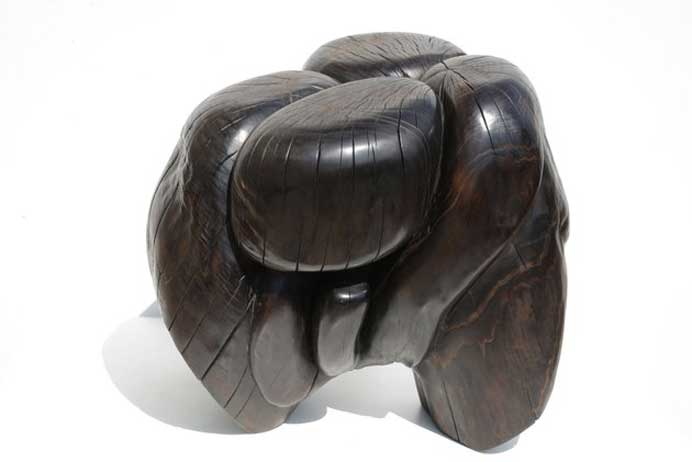
|
| |
| |
|
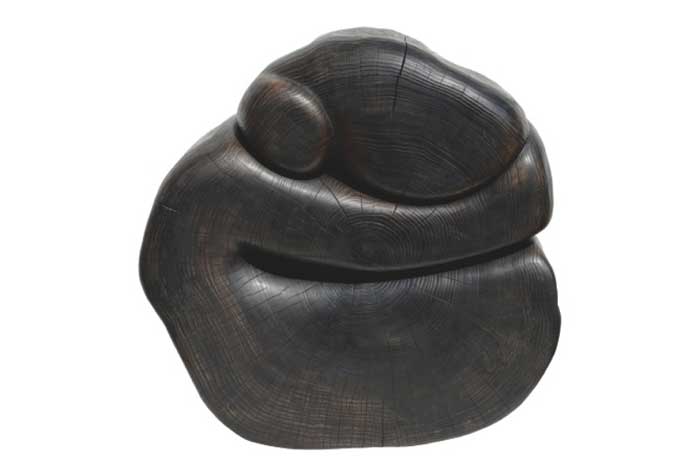
|
| |
| |
|
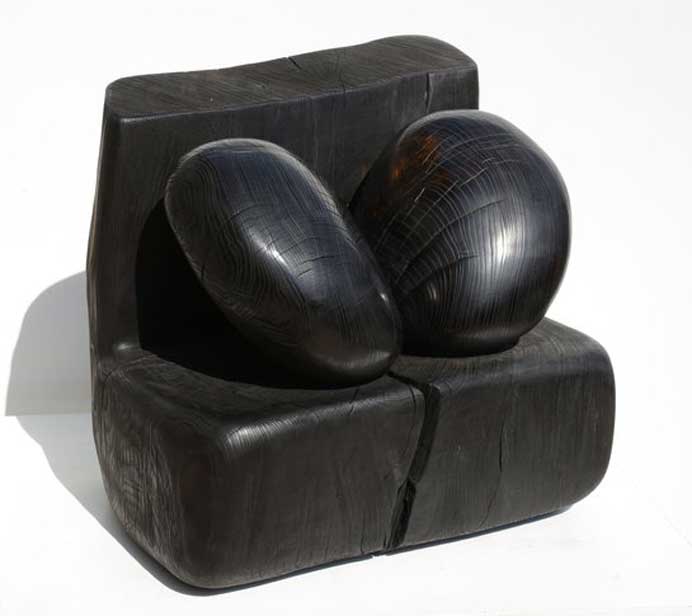
|
| |
| |
|
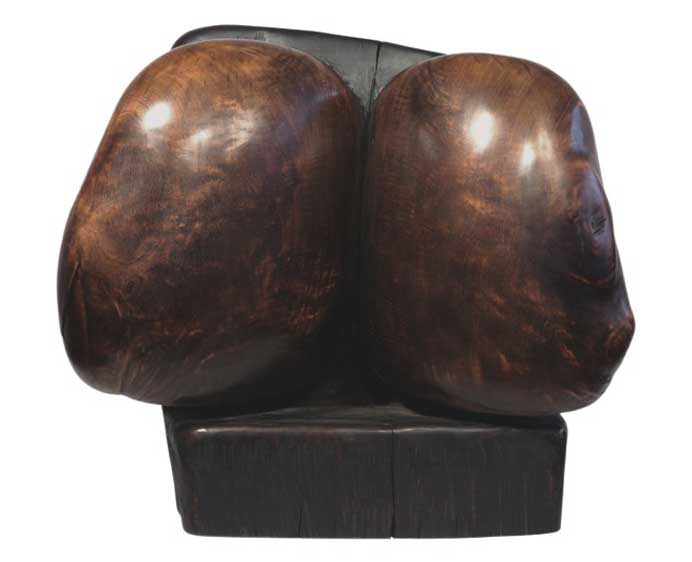
|
| |
| |
|
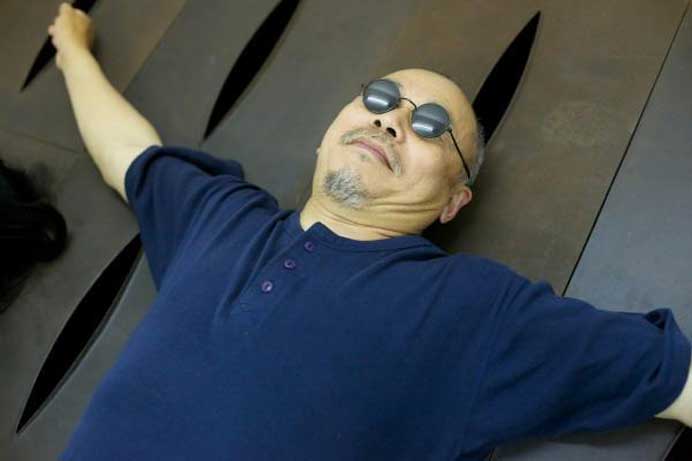
|
| |
| |
|
•
|
|
Books, catalogues, articles on Wang Keping and his work could be alone
the object of a publication. - selection.
|
|
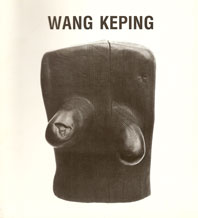
|
|
Wang Keping
|
1988
|
| |
Galerie G Paris
|
|
| |
text Bernard Zurcher
|
|
| |
24 cm x 22 cm
|
|
| |
16 p
|
|
| |
|
|
| |
|
|
| |
|
|
| |
|
|
|
| |
|
|
|
|
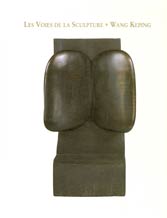
|
|
Les Voies de la Sculpture Wang Keping
|
1999
|
| |
catalogue of the 'ehibition
|
|
| |
Art d'Extrême-Orient Jacques Barrère Paris 1999
|
|
| |
in fench in english
|
|
| |
28 cm x 22 cm
|
|
| |
32 p
|
|
| |
|
|
| |
|
|
| |
|
|
|
| |
|
|
|
|
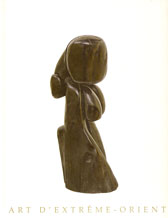
|
|
Wang Keping
|
2005
|
| |
Sculptures
|
|
| |
Jacques Barrère Gallery Paris
|
|
| |
28 cm x 22 cm
|
|
| |
34 p
|
|
| |
|
|
| |
|
|
| |
|
|
| |
|
|
|
| |
|
|
|
|
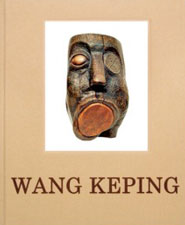
|
|
Wang Keping 王克平
|
2008 |
| |
A Vibrant Life Publication
|
|
| |
texts : Bernard Lorquin, Michael Sullivan,
|
|
| |
Wang Keping, Fox Butterfield, Katie de Tilly
|
|
| |
in english french chinese
|
|
| |
30 cm x 25,5 cm
|
|
| |
378 p
|
|
| |
isbn 978 988 97432 3 9
|
|
| |
|
|
|
| |
|
|
|
|
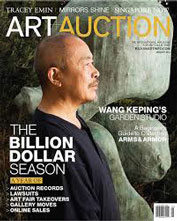
|
|
Art+Auction January 2013
|
2013 |
| |
on cover: : Wang Keping
|
|
| |
|
|
| |
|
|
| |
|
|
| |
|
|
| |
|
|
| |
|
|
| |
|
|
|
| |
|
|
|
|
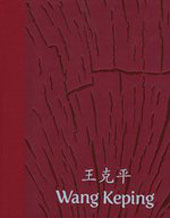
|
|
Wang Keping
|
2013 |
| |
王克平
|
|
| |
Ben Brown Fine Arts London Hong Kong
|
|
| |
57 p
|
|
| |
|
|
| |
|
|
| |
|
|
| |
|
|
| |
|
|
|
| |
|
|
|
|
•
|
| |
| |
|
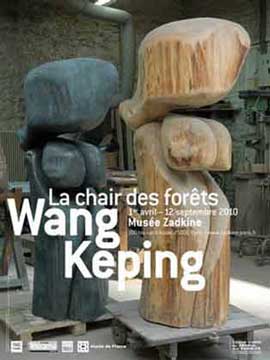
|
|
Wang Keping - La chair des forêts
01.04 12.09 2010 Musée Zadkine Paris
poster
|
| |
|
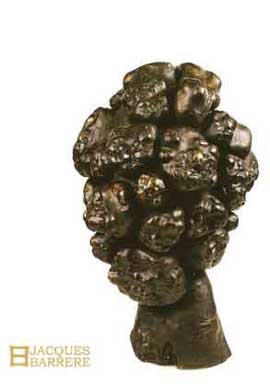
|
|
Wang Keping - 18.06 - Galerie Jacques Barrère
présentation de la monographie de l'artiste
invitation
|
| |
|
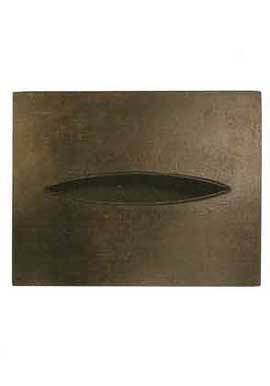
|
|
王克平 Wang Keping 笑回常开个展 All Smiles
19.05 30.06 2011 Magda Danysz Gallery Shanghai
poster
|
| |
|
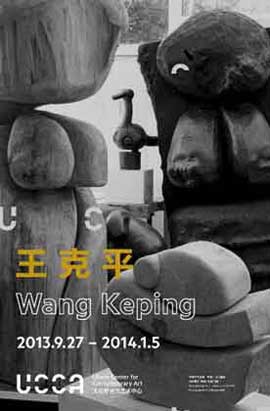
|
|
Wang Keping 王克平 exposition - Wang Keping
27.09 05.01 2014 U.C.C.A. Beijing
Poster
|
| |
|
•
|
| |
| |
|
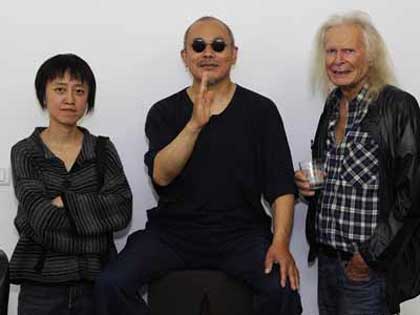
|
|
Wang Keping 王克平 with Michel Nau and Wang Yu 王玉
|
| |
|
•
|
|
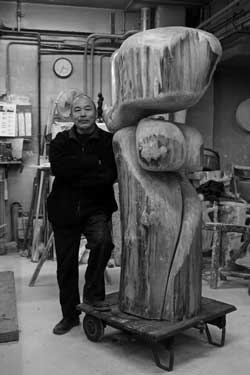
![]()